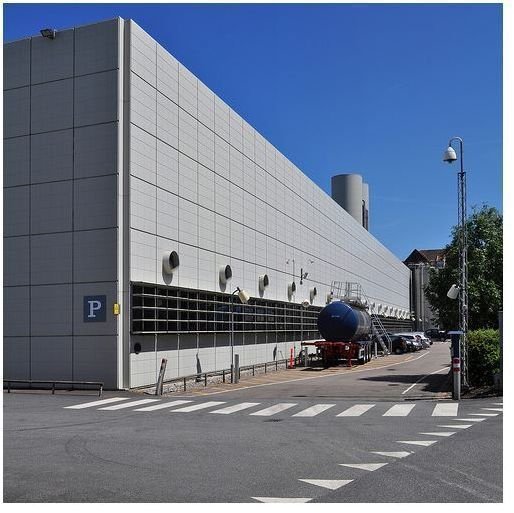Typical Examples of Manufacturing Overhead Costs
Most examples of manufacturing overhead costs are known by various names, such as indirect manufacturing cost, factory burden, and factory overhead. They include all costs that go toward converting raw materials into a finished product, but do not include direct material or direct labor.
Examples
In essence, factory overhead costs aren’t directly incurred when producing a product but nonetheless have a direct impact on production costs, the value of the product, and by extension, how much profit is left after all expenses are covered. Some examples of manufacturing overhead expenses include:
-
Indirect material - Welding rods, glues, and product wrappers.
-
Indirect labor – Salary for the maintenance staff, technical support staff, etc.
-
Machine depreciation – This includes the depreciation cost of manufacturing equipment; this is separate and apart from the depreciation cost of assets that the sales and administrative staff use.
-
Rent – This would include rent that is paid for the manufacturing or assembly facilities.
-
Property taxes – This is the tax that is paid for the land on which the factory sits, or the proportion of which is directly attributable to the manufacturing process.
-
Factory maintenance supplies – Any supplies or expenses that are incurred to keep the factory running. This may include items such as grease for the machines and replacement parts.
-
Heating and lighting – Heating, lighting, and other utility charges.
While manufacturing overhead costs are indirect manufacturing costs they, nonetheless, increase the cost of producing a product and need to be properly managed to avoid cost overruns and ensure that a competitively priced product can be brought to market.
In fact, overhead costs are used to calculate a very important costing figure, that being Conversion Cost. Conversion costs consist of direct labor cost plus manufacturing overhead cost. This figure tells management just how much it is costing to convert raw materials into a product that its customers will want to purchase.
In addition, generally accepted accounting principles (GAAP) require that costs of direct labor, direct material costs, and factory overhead, be factored in valuing inventory and also determining the cost of goods sold. This ensures a fair picture or a true cost of producing a product is reflected in the income statements and current assets portion of the balance sheet.
What Is Not Included
Costs that are not directly related to the production of a product are not regarded as manufacturing overhead. Typically, these are costs directly related to the selling and administrative function and they often include: heat and light, property taxes, insurance, utility charges and so on.
Conclusion
While manufacturing costs are said to be indirect, the true cost of production cannot be ascertained without taking these costs into account. The sum of direct labor, direct materials and manufacturing overhead must be used to determine the full cost of converting raw materials into finished products. Examples of manufacturing overhead expenses include: taxes, utilities, maintenance supplies and indirect labor. What they do not include are the costs associated with selling and administrative functions.
Mowen, Maryanne M, et al, “Cornerstones of Managerial Accounting,” Cengage Learning, 2008:p 34
Image Credit:
“Factory Overhead - Factory Burden.” https://www.flickr.com/photos/seier/4753283616/sizes/m/in/photostream/
